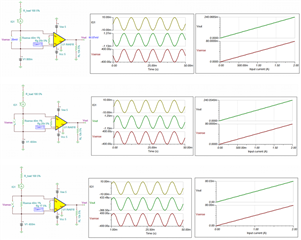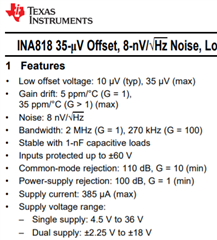Hi -
I'm looking for an ADC that can be triggered to start capturing samples and buffering those samples into a local memory for retrieval via SPI or I2C after completion.
For example, on a single channel via a trigger I would like to capture samples for ~34 ms at a rate of 200 kS/s with all of those samples buffered. This would happen in parallel across multiple discrete ADCs in a similar configuration.
More specifics:
- Number of channels: >= 1
- Sample rate: >= 200 kS/s
- Input voltage level: 0 to 3.3V (or 5V okay too) single-ended
- Buffer size: 8k RAM
- Digital Interface: I2C or SPI
- ADC Bits: >= 10 bits
- Trigger source: Ideally GPIO that could start trigger on discrete parallel ADCs
Ideally, the device would be configurable and essentially be an ADC with a back-end RAM buffer. But, if this is not available, does TI offer an integrated solution which would include a processor, ADC, RAM, and could function as either in I2C or Slave device? ...or does TI has an alternate solution?
Thanks in advance,
Tom




